Nancy Beckworth Harris
Salome
The very name of Salome, which means “peace,” conjures images of unsavory people, places, things, and events. There is no way to know how many female children have been named Salome, but it certainly is not on the Top-10 List of Popular Girl’s Names.
The Salome who is the topic of this account was a princess. She was the granddaughter of Herod the Great and her story (although she is not named) comes to us from the Bible Book of Saint Mark, Chapter 6. Another account of her life comes to us from the writings of Flavius Josephus.
In the New Testament account, Salome is asked to dance for Herod as a gift for his birthday. She was promised a reward for her dance and the tale continues with a request that she be rewarded with the head of John the Baptist. When she is presented with John’s head the story seems to freeze in time, for it is that moment that the artists, storytellers, composers, and other creative minds pick to memorialize in their portrait, opera, play, or film. Most notable is the 1953 movie starring Rita Hayworth as Salome, and her co-stars Stewart Granger and Charles Laughton.
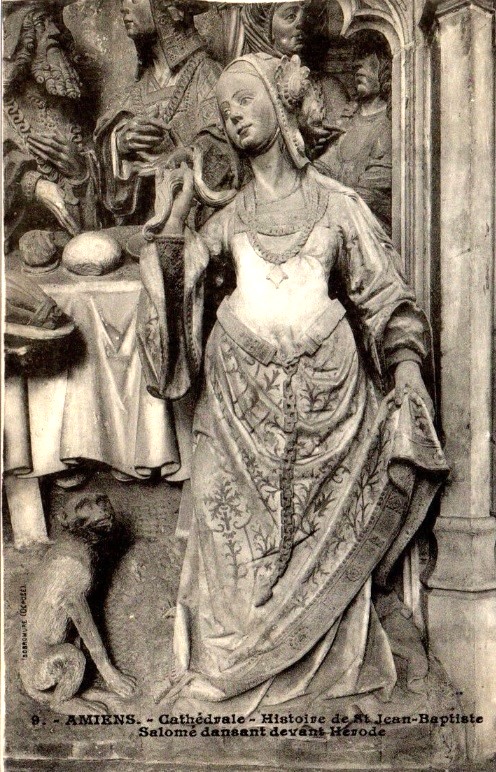
The Salome legend proved very popular as early as the Renaissance. One of the first portrayals of Salome came between 1220 and 1270 when a sculpture of Salome was installed in the Cathedral Basilica of Our Lady of Amiens. (Amiens is the capital city of the Picardy region of north central France.)
Many artists followed with paintings, but the works by Titian (c. 1515, now in Rome) and Moreau (1874, now at the Hammer Museum on the University of California Los Angeles campus) stand out. Oscar Wilde, the Irish poet and playwright, wrote a play entitled Salome in 1891, and the Austrian composer Richard Strauss wrote an opera that was very successfully presented in 1905.
The Strauss work is a one-act opera in which Herod longs for Salome, but she desires John the Baptist. When his head is presented to her, she kisses the lips of the severed head and in doing so she becomes a symbol of erotic love. In the end, it is her dance in which she sheds seven veils that most people associate with her name, but that part is Hollywood. No such dance is mentioned in the Bible.
***
Collecting postcards that feature one specific individual of historic or literary importance is not an easy way to amass a collection. The first card purchased for its content as a character study was more than fifteen years ago. It was the “Erté” card below. I had just finished graduate school and had in the process been introduced to the artist Romain de Tirtoff, who worked exclusively under the pseudonym Erté. He was a Russian-born French artist. What I liked most about him was his choice to work in a variety of media: fashion, graphic arts, jewelry, sculpture, as well as film, theatre, opera, and interior design. He was a 20th century artist who personified the renaissance man.
What I have learned over the years is that most people – especially those under fifty years old – have no idea who Salome was. Certainly, most have heard her name, but their depth of knowledge would never reach beyond Jeopardy’s two-hundred-dollar answer. Be that as it may, that leaves more for those in the know!
I have accepted Postcard History’s invitation to exhibit part of my collection in an article. I chose to use thirteen of my sixty-one “Salome” postcards. If you want more information, please comment.
***
[Editor’s note: this article is illustrated with postcards that are creative art by some of the world’s most creative minds. There is some nudity.]
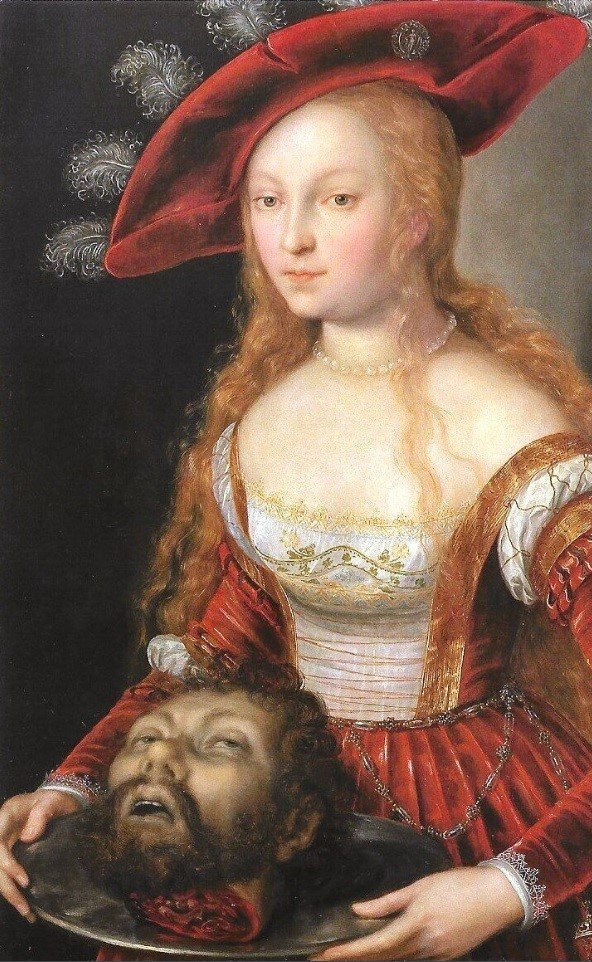
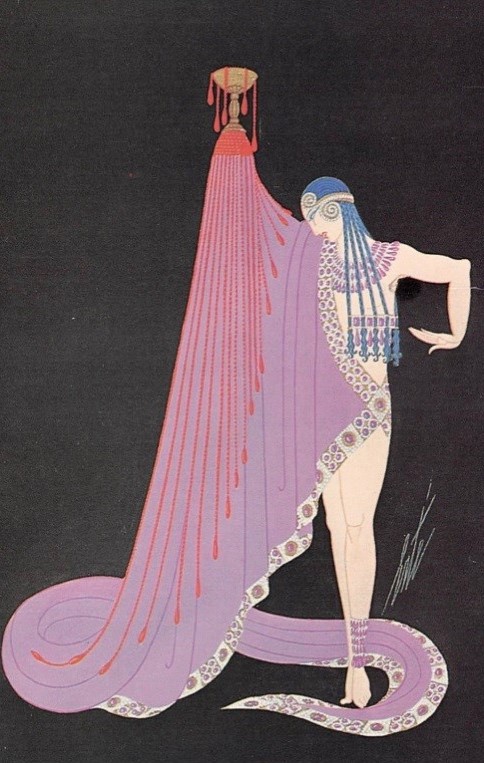

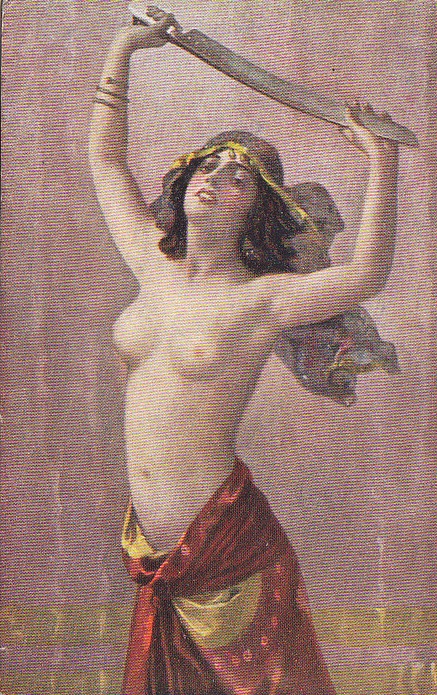
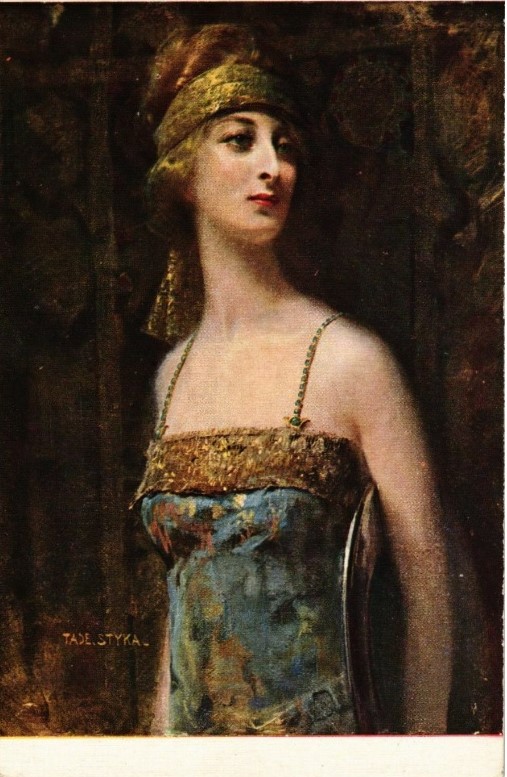
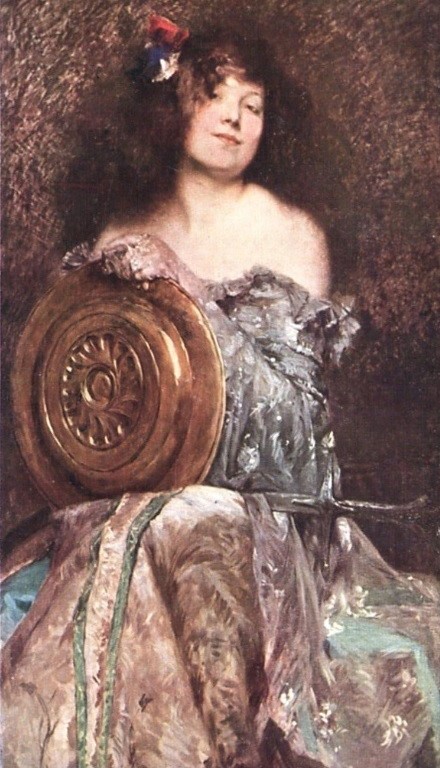

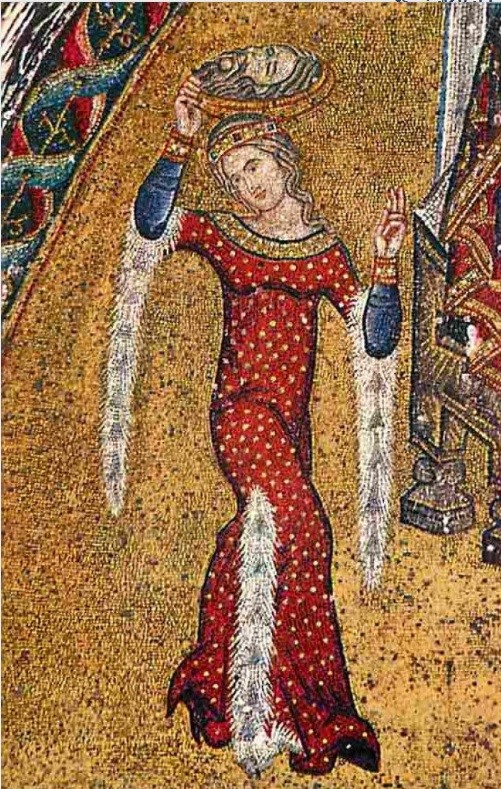


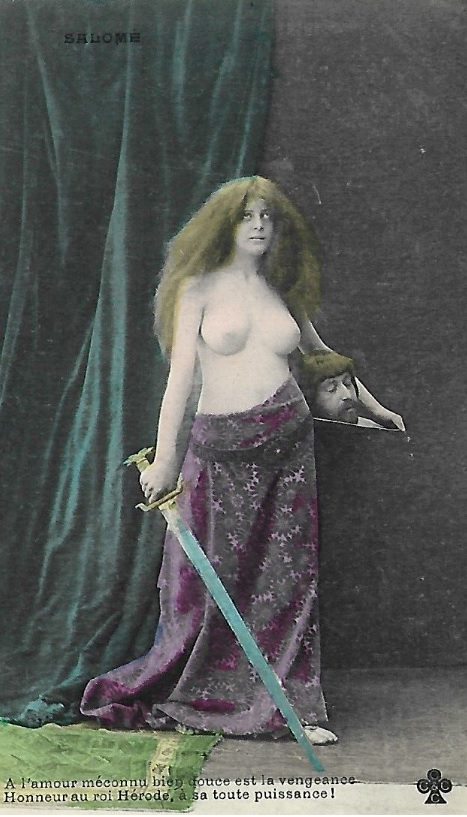

Nancy, thank you for the informative article. I am one of those readers that is NOT, “under fifty years old”, but I never thought about the Bible story vs. the stories presented in plays and Hollywood films. Some of my favorite Albert Carmichael comic postcards were in the 1910, “You Look Good To Me” series. One of the postcards in that series includes an “Auburn Salome” reference. I hope you already have a copy of it or look to add it to your collection in the future. I hope you will be able to see the attached image.
Wonderful cards! A great example of different art styles for the same subject.
Thanks for sharing some of your collection and defining what was Hollywoid and what was in the Bible.
Interestingly, there was a man named Salomé Barojas who pitched for the Chicago White Sox during the 1980’s.